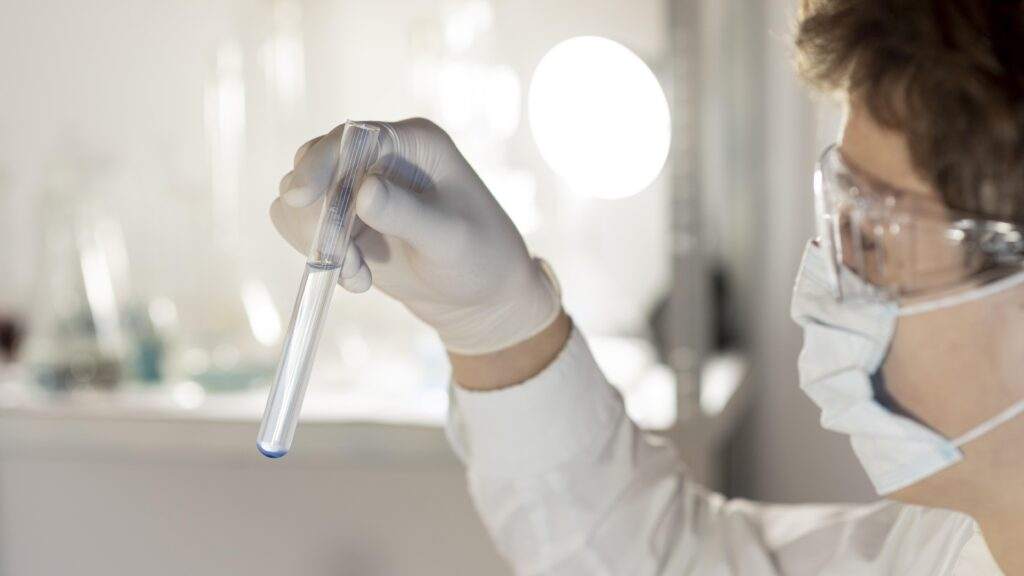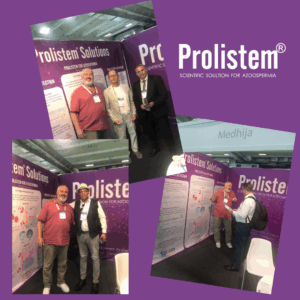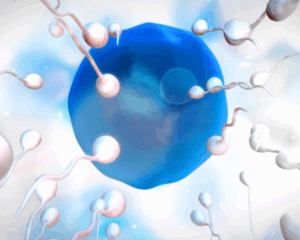
Prolistem for Non-Obstructive Azoospermia: A Comprehensive Guide
Prolistem for non obstructive azoospermia, Non-obstructive azoospermia (NOA)

Azoospermia Treatment Breakthrough. Azoospermia, a condition where no sperm is found in the semen, has long been a challenging obstacle for men facing infertility. This condition, which affects about 1% of the male population and 10% to 15% of infertile men, has historically left many with few options for fathering biological children. However, recent advancements in medical science have paved the way for breakthroughs in azoospermia treatment, offering new hope for affected individuals.
Before diving into the treatment breakthroughs, it’s essential to understand azoospermia and its types. Azoospermia is classified into two main categories:
For decades, treatment options for azoospermia were limited. Men with OA could sometimes undergo surgical procedures to remove blockages, while those with NOA often had no viable options other than donor sperm.
In the 1990s, the development of surgical sperm retrieval techniques, such as Testicular Sperm Extraction (TESE), marked a turning point. These procedures allowed doctors to retrieve sperm directly from the testicles for use in assisted reproductive techniques like In Vitro Fertilization (IVF). Despite these advancements, success rates remained modest, particularly for men with NOA.
Recent innovations have revolutionized the approach to azoospermia treatment. From refined surgical techniques to groundbreaking medical therapies, these advancements are giving azoospermic men new possibilities to achieve biological fatherhood.
Microdissection Testicular Sperm Extraction (MicroTESE) is a significant improvement over traditional TESE. This advanced surgical technique uses a high-powered microscope to identify and extract small pockets of sperm-producing tissue from the testicles.
Advantages of MicroTESE:
MicroTESE has become a gold standard for azoospermia treatment, offering hope even in cases where sperm production is minimal.
Hormonal imbalances are a common cause of azoospermia, particularly NOA. Recent studies have shown that suppressing testosterone levels can stimulate the renewal of spermatogonial stem cells, which are essential for sperm production.
Key Findings:
These therapies are often combined with lifestyle changes, such as improved diet and reduced stress, to maximize effectiveness.
Prolistem® is a groundbreaking treatment designed specifically for men with NOA. Developed through years of research on spermatogonial stem cells, Prolistem® targets the root cause of azoospermia by promoting the natural regeneration of sperm-producing cells.
How Prolistem® Works:
Prolistem® has emerged as a non-invasive alternative to surgical procedures, offering a safer and less stressful option for men with azoospermia.
In vitro spermatogenesis, the process of creating sperm in a lab dish is a promising area of research. Scientists have successfully cultured spermatogonial stem cells to produce sperm-like cells in the laboratory. While this technology is still in its early stages, it holds immense potential for men with severe forms of azoospermia who have no other options.
Accurate diagnosis is crucial for effective azoospermia treatment. Recent advancements in diagnostic techniques have made it easier to identify the underlying causes of the condition.
Innovative Diagnostic Tools:
These tools allow doctors to tailor treatments to each individual, increasing the likelihood of success.
While medical advancements are crucial, lifestyle changes can also play a significant role in azoospermia treatment. Men are encouraged to:
Support from counseling and patient support groups can also help couples navigate the emotional challenges of infertility.
The success stories of men who have overcome azoospermia to achieve fatherhood highlight the impact of these breakthroughs. Many couples now have access to options that were unimaginable just a few decades ago.
Despite these advancements, challenges remain. Treatments like MicroTESE and Prolistem® are not universally effective, and accessibility can be limited by cost or availability. However, ongoing research continues to uncover new possibilities. Azoospermia Treatment Breakthrough
Future Directions:

Prolistem for non obstructive azoospermia, Non-obstructive azoospermia (NOA)

Introduction Male infertility, especially caused by azoospermia, affects

We are proud to have participated in the

Introduction: A New Hope in Male Infertility Treatment